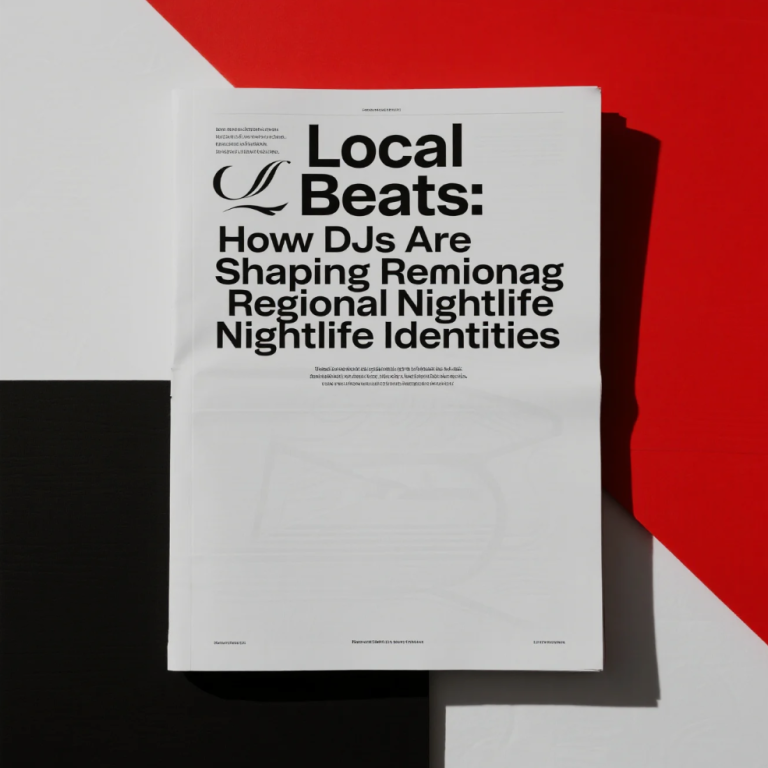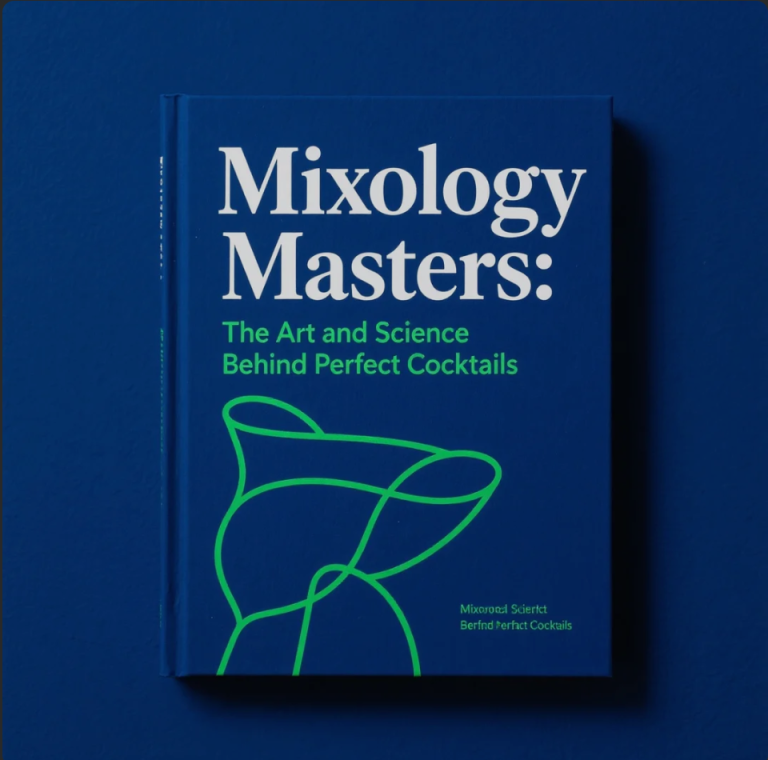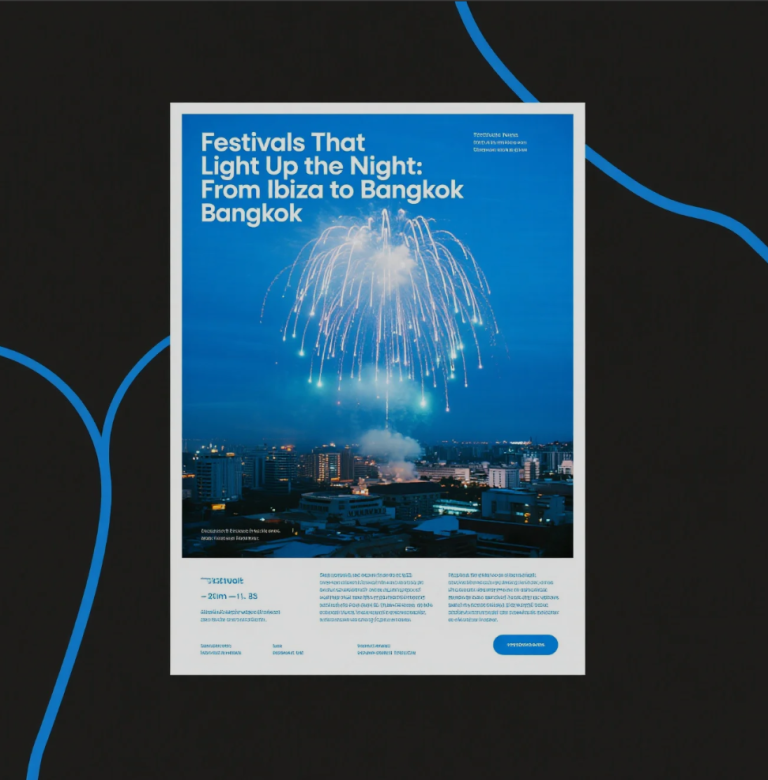
From jazz-filled speakeasies to neon-lit clubs and digital festivals, nightlife has always reflected the spirit of its era. What people do after dark—where they gather, how they dance, what they drink, and even what they wear—has shifted dramatically over the decades. Nightlife is more than just entertainment; it’s a cultural mirror showing changes in music, fashion, technology, and social values.
In this article, we’ll trace the fascinating evolution of nightlife and explore how party culture has transformed from the 1920s to today.
🎺 The Roaring Twenties: Jazz, Speakeasies, and Rebellion
The 1920s introduced nightlife as a social movement. With Prohibition in the U.S., hidden speakeasies became hubs of jazz, dancing, and underground culture. The Charleston dance craze, flapper dresses, and live jazz bands defined the era. Nightlife wasn’t just fun—it was rebellion against authority and tradition.
🎶 The 1950s and 1960s: Rock ’n’ Roll and Counterculture
After World War II, nightlife shifted to rock ’n’ roll clubs and dance halls. Teenagers became a distinct cultural force, fueling youth-driven entertainment. By the 1960s, counterculture brought psychedelic music festivals, folk cafes, and underground parties. Nightlife became a space for freedom of expression and political resistance.
🕺 The 1970s: Disco Fever
No decade changed nightlife like the 1970s disco era. Glitter balls, flamboyant outfits, and endless dancing defined clubs such as Studio 54 in New York. DJs emerged as stars, shaping the atmosphere with extended tracks and dance beats. Nightlife became more glamorous, inclusive, and hedonistic than ever before.
💿 The 1980s: Nightclubs, Glam, and Electronic Sounds
The 1980s saw the rise of superclubs, where fashion, celebrity culture, and music collided. Pop and glam rock influenced style, while early electronic music and synthesizers entered the scene. Nightlife began embracing technology-driven experiences, setting the stage for the rave culture to come.
🎧 The 1990s: Raves and Underground Culture
In the 1990s, rave culture exploded. Abandoned warehouses and secret outdoor venues became party hotspots filled with techno, trance, and house music. Glow sticks, neon, and all-night dancing defined this underground scene. Nightlife also became more global, with DJs touring internationally and electronic music spreading across continents.
🍸 The 2000s: VIP Culture and Global Clubbing
By the 2000s, nightlife became more commercialized. Luxury VIP experiences, bottle service, and celebrity-driven clubs dominated cities like Las Vegas, London, and Ibiza. EDM festivals started to rise, attracting millions of partygoers worldwide. Social media began to influence nightlife culture, with Instagram-worthy venues becoming popular.
📱 The 2010s: Festivals and Digital Influence
The past decade blended massive music festivals, boutique events, and influencer-driven nightlife. EDM dominated global stages like Tomorrowland and Ultra. Smartphones and social media shaped how people experienced and shared nightlife—snapping photos, streaming live sets, and connecting globally.
🌐 The 2020s: Hybrid Experiences and Inclusivity
Today, nightlife is more diverse than ever. The 2020s combine physical and digital nightlife experiences, from immersive VR concerts to rooftop bars with panoramic views. Inclusivity and safety are at the forefront, with more emphasis on accessible spaces, gender diversity, and cultural variety. Nightlife is no longer one-size-fits-all—it’s about personalized, meaningful experiences.
🎇 Conclusion
Nightlife has come a long way—from secret speakeasies to global digital festivals. What started as rebellion has evolved into a multifaceted cultural phenomenon that adapts with every generation. While music, technology, and fashion will continue to change, one thing remains constant: nightlife is about connection, freedom, and celebration.



